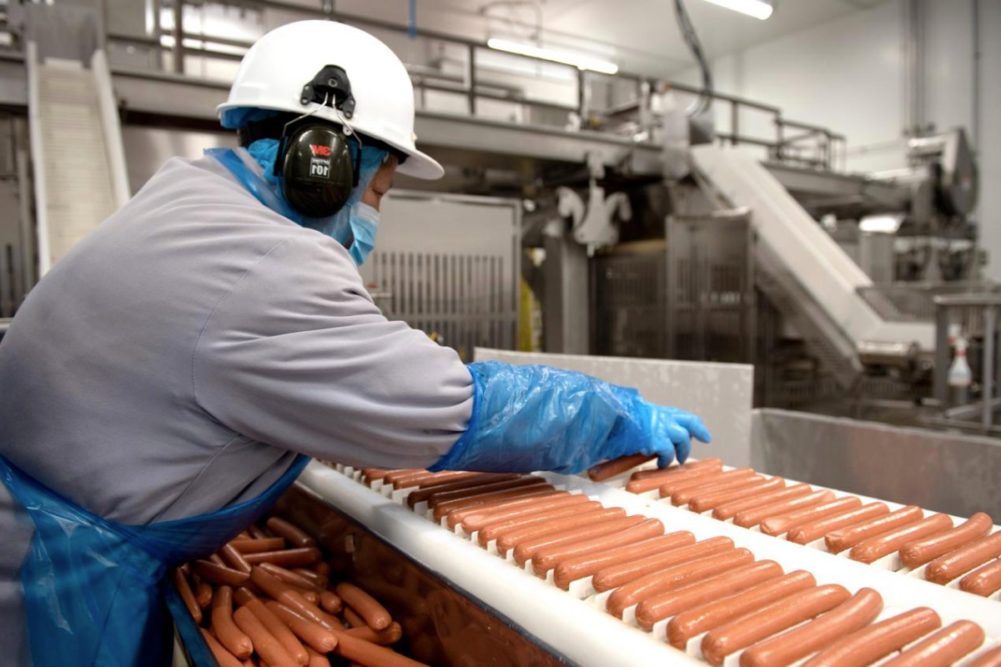KANSAS CITY, MO. – After a year filled with quarantines, social distancing and mask wearing, there is finally a light at the end of the long, dark tunnel. Vaccine distribution began in the United States Dec. 14, 2020, and now, almost three months later, vaccines are being administered at a rate of 1.7 million doses a day. By late February, those numbers represented 15.3% of the US population having been vaccinated so far. Finally, some progress.
However, the process of vaccine distribution is a logistical nightmare, to say the least, with so many factors to consider. Who should have access to the vaccine first? Where should the vaccines be administered? What locations are accessible to the most citizens? And, how can we get more people trained to administer the vaccines? So far, no one has the obvious best answers to all those questions. In fact, it often seems like from one state to the next, it’s a free-for-all.
Everyone agreed at the end of last year when the vaccine was being prepped for distribution that health care workers should be first in line for the vaccine – alongside workers and residents in long-term care facilities. Next would be, first responders, older citizens and teachers. And alongside them, essential workers. The question was, though, who in this time of health crisis is considered “essential?”
In December 2020, meat association trade groups encouraged governors around the country to prioritize workers in the meat and poultry industry directly behind those in the health care and long-term care facilities to receive the vaccine. In short, they wanted the meat and poultry processing workers to be labeled “essential.” The groups urged lawmakers to put meat industry workers in the Phase 1b group which would put them alongside first responders and teachers on the priority list for vaccines.
Perdue Farms followed up with a letter to the Centers for Disease Control and Prevention (CDC) urging the agency to do the same. Soon after, the CDC moved meat and poultry processing workers up into Phase 1b. In early February, meat plants around the country started coordinating with local health departments and began vaccinating their workforce.
Foster Farms was one of the first meat companies to work with its health department to administer the vaccine to 1,000 employees at its Fresno, Calif., poultry plant – at no cost to the employees. It was the first large-scale vaccination at a major food processing plant in the county.
Soon after, plants around the country followed suit and started announcing plans to help get their employees vaccinated. Most are coordinating with local health departments and many are vaccinating on-site. Some are even offering cash incentives to those willing to get inoculated. These companies should be commended for being proactive and for continuing to take care of their employees during this health crisis.
Bob Krebs, president of JBS USA Pork, explained the company’s priorities: “We remain committed to providing a safe working environment for our team members and doing all we can to ensure our workforce across the country is given the opportunity to be vaccinated as soon as possible. They have worked tirelessly throughout the pandemic to provide food for all Americans, and their access to the vaccine should absolutely be prioritized.”
Agreed. Meat and poultry processing workers have been essential throughout this pandemic and they should be prioritized. By doing so, they can protect themselves and their families while they continue to do the job of producing food to feed our country.
While I’m anxious to get my vaccine – to get a bit of my life back – I will happily wait my turn behind all the essential workers out there.

